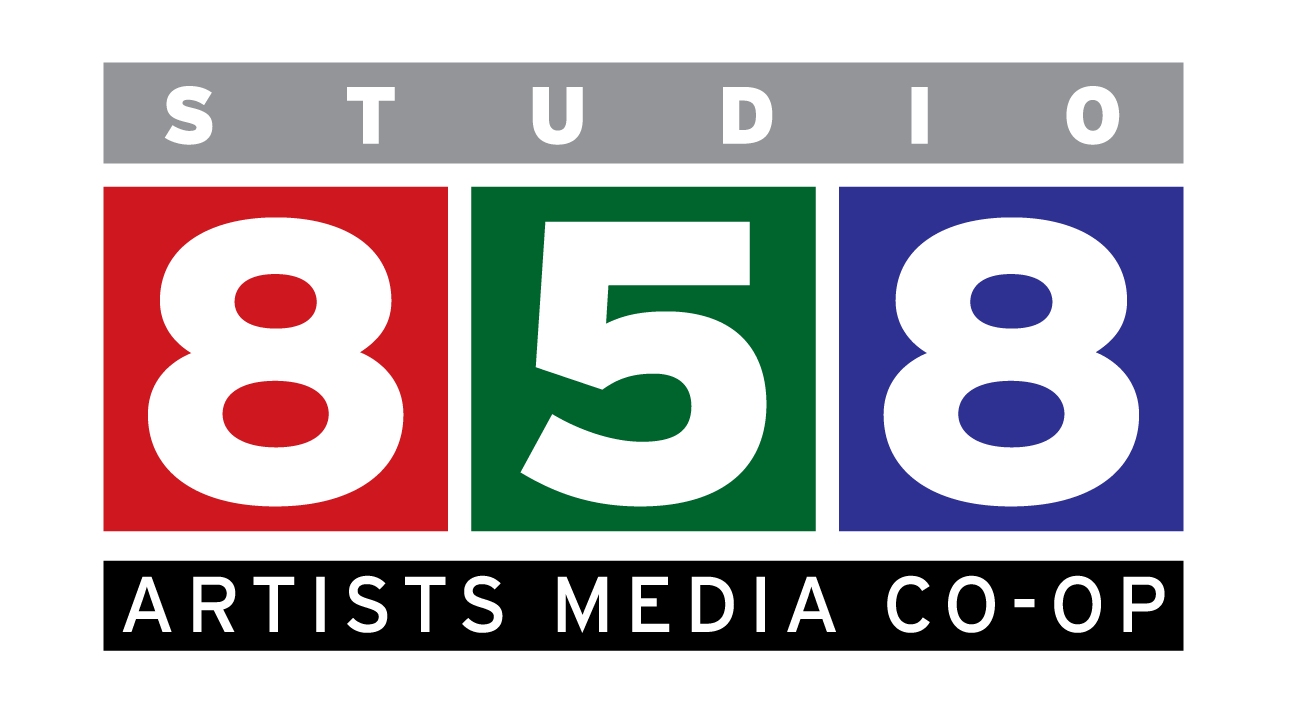Resolution
How much do you need?
How much resolution do you really need in your digital files? Now there’s a question to which most people don’t know the answer! In fact, there is quite a bit of confusion associated with some common terms for digital files. Many has been the time when a client brought me a file to print and when I asked how large the file was, have been told,
“300 dpi”.
“How large do you want me to print it?”
“300 dpi”
I would then open the file and discover it was 300 pixels by 300 pixels.
“You want a print that’s 1 inch square?” I would ask.
“No.” the customer invariably replied, “I want it as an 8x10.”
AIn't gonna happen.
DPI, dots per inch, is commonly used to talk about resolution in files, but it should actually be called PPI, pixels per inch. DPI describes what ink jet printers do when they scatter small dots of opaque ink to simulate a wide range of colors from a limited number of ink colors (even sophisticated printers have only about 7 colors plus black and various grays and a gloss enhancer). This process is called "dithering" and the finer the printer dot, the more colors can be dithered into each pixel and the better the quality of the print, both in color accuracy and sharpness. Current printers can scatter between 600 and 1440 dots per inch (dpi).
PPI, or pixels per inch, describes the resolution of the file you want to print. The digital files from our cameras can be almost any PPI, so here's how you calculate what you need:
The original file resolution is expressed in pixel dimensions of x by y, length x height. For instance, my Canon 10D captured images in 3088x2056 pixels to create a 6.35 megapixel file. My Canon 5D captured images in 4,368 x 2,912 pixels for a 12.7 megapixel file. My current camera, the Canon 5D Mk II, captures images in 5616 x 3744 pixels for a 21 megapixel file.
To create a photographic quality print you typically need about 200 pixels per inch. By this standard the Canon 10D files can be printed up to 15x10 (just divide the pixel dimensions, 3088x2056 in this case, by the print resolution needed) , images from the 5D can be printed up to 22x15 (4368 and 2912 divided by 200), and images from the 5D Mk II or MkIII can be printed up to about 30x20 inches (5616 and 3744 divided by 200).
This is, however, not an exact science, since there are many aspects of an image that affect the viewer and resolution is one of the least important. The distance of the viewer from the image (viewing distance) is one of the important factors in perception of quality. The 60x40 prints on the walls of my studio were taken with the Canon 5D and their printed resolution is less than 70 PPI, but from the normal viewing distance of a file that size, about 10 feet, they look fantastic!
Certain file types have a default resolution of 72 PPI, but, remember, the “I” is the important thing here. In other words, how big a print will we be making? A 4x6? If so, then the 6MP files from the Canon 10D will make a print with over 500 PPI resolution. The Canon 5D MkII & MkIII make an 8x10 with resolution of over 460 PPI, almost 3x the resolution needed for a good-looking print.
The current king of 35mm DSLR resolution, the Canon 5Ds, captures images at an impressive 8712 x 5813 pixels, for a 50MP file which, using the 200 PPI standard, could be blown up to 43x29, but using the standard I used for the 60x40 prints in my studio could make 120x80 inch prints.
What’s the point here? That you should pay no attention to DPI (dots per inch) or PPI (pixels per inch) information in a file size unless you have the “I” information; the actual size in inches of the final print. 300 PPI at 1.5x1 inches is pitifully small resolution, but 72 PPI at 60x40 is very good, and in the case of the Canon 5Ds, 120 inches by 80 inches (at 72PPI) is fantastic!
The other point I'd like to make is that you don't need a super high resolution camera unless you are a muralist. 24MP is enough to make great looking 60x40 prints, and come on, you know you're not going to ever make a print that large!
-Edward Crim

